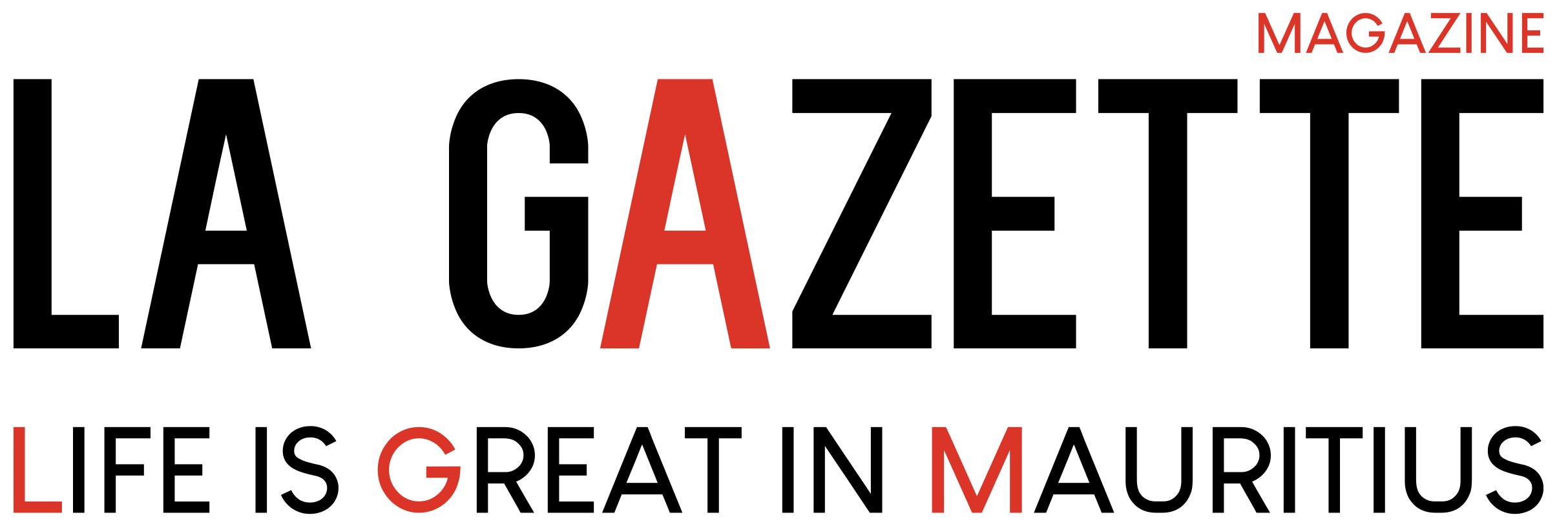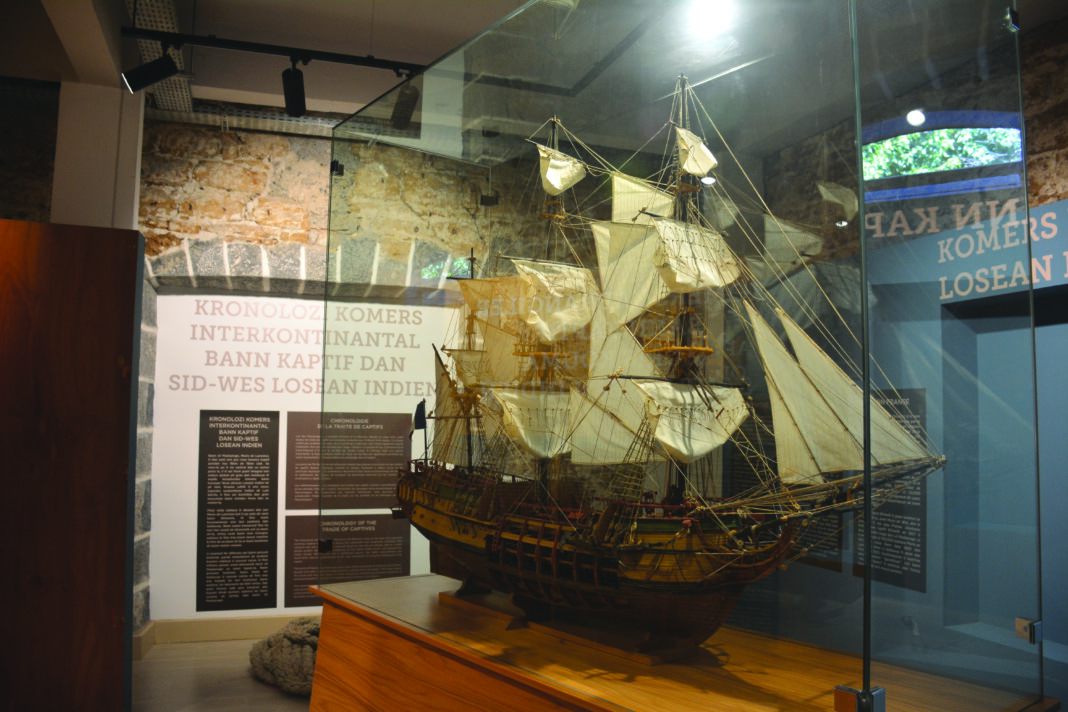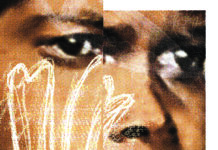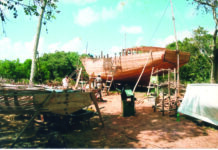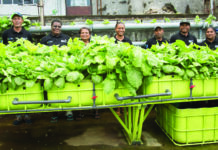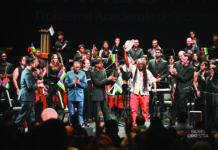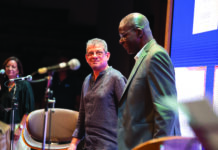Postponed due to the funeral of Pope Francis, President Macron’s planned visit nevertheless benefited Mauritius’ Musée Intercontinental de l’Esclavage (ISM). This postponed made it possible to speed up certain refurbishments: the arrival of the model of the Saturnthe the installation of a full-scale model wedge and, soon, the opening to the public of the room featuring the three busts created by the scientist Eugène Huet de Froberville. Dominique Bellier
Despite the cancellation of the French President’s visit, Thani Mohammed Soilihi, Minister Delegate for the French-speaking world, came as planned, along with representatives from the sister island, to inaugurate the public exhibition of three plaster busts made in 1846 by ethnographer Eugène Huet de Froberville, who cast them from former slaves from the La Baraque plantation in return for payment. The French delegation also included representatives from the sister island, including regional president Huguette Bello. The visit led to the signing of a memorandum of understanding on cooperation between the Musée de Villèle, the Musée Historique de l’Habitation et de l’esclavage in La Réunion, and the ISM.
The big absentee was independent French researcher Klara Boyer-Rossol, whose trip was cancelled at the same time as the President’s. She was the driving force behind the rapprochement between Mauritius and France over the archives and artifacts of Eugène Huet Froberville. She was the driving force behind the rapprochement between Mauritius and France concerning the archives and artifacts of Eugène Huet de Froberville. This specialist in the Makua populations of the Indian Ocean and southern Africa patiently convinced Froberville’s heirs to make public and preserve these extremely precious archives, the richness of which she knows, by entrusting them to the Archives nationales d’Outre-mer (ANOM) in Aix-en-Provence and by bringing the Mauritian museum closer to the Château de Blois, whose reserves contain some fifty other original busts…
The three busts, which will soon be on view at specific times, are a foretaste of what will be on view in 2026 , as a 5-year renewable deposit/loan agreement has been negotiated between the two countries for all the busts. The room that will house over fifty of these faces, each more moving than the last, has been identified. It will be restored, insulated and fitted with temperature and humidity control equipment, to ensure that these fragile witnesses to the past do not deteriorate. These artifacts, dedicated to the study of populations by a 19the century scholar to the study of populations are now, in the 21e century memorial objects for the peoples of the Indian Ocean. They embody a fundamental aspect of the quadrangular trade that linked ancient worlds to the cursed times of slavery…
One of the directors of the ISM, Father Alain Romaine, examined one aspect of this first form of globalization , by exploring the history of the ship. Le Saturne. We owe him the fitting-out of the rooms devoted to the slave trade, which now house a 1:15 scale model of this three-masted vessel. eand the reconstruction of the holds, where captives were “stored” during long, nightmarish crossings. More on this later. ..


